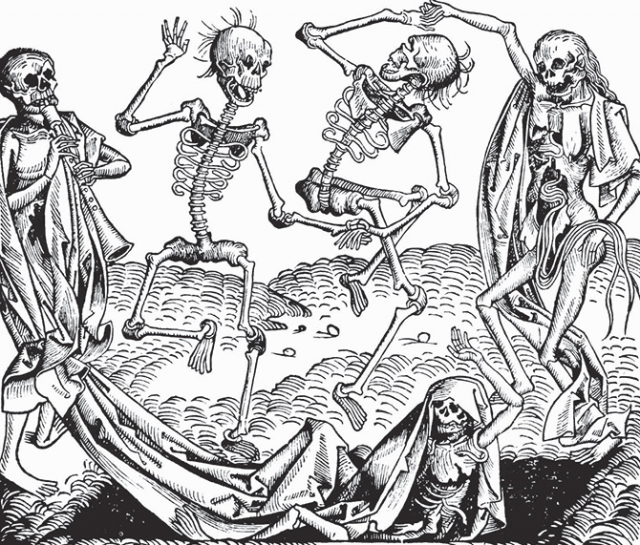What Have Historians Been Arguing About... the long-term impact of the Black Death on English towns
A Polychronicon of the Past

The long-term impact of the Black Death on English towns
In the summer of 1348, the Chronicle of the Grey Friars at Lynn described how sailors had arrived in Melcombe (now Weymouth) bringing from Gascony ‘the seeds of the terrible pestilence’. The Black Death spread rapidly throughout England, killing approximately half the population. While the cause of the disease, the bacterium Yersinia Pestis, is now conclusively established, the longer-term impact of the Black Death is still debated.
It is notoriously difficult accurately to determine the cumulative impact of the Black Death on urban populations. Estimates suggest, however, that they were severely affected, during the pandemic itself and for generations afterwards. The populations of London, Norwich and of Grimsby and Boston in Lincolnshire, all fell by half or more. This caused not only shortages in the workforce but also problems with urban administration, as office-holders died and inexperienced men took their place. The urban landscape was altered: tenements, shops and entire streets became vacant or severely dilapidated. Most towns, however, managed to adapt and survive...
This resource is FREE for Secondary HA Members.
Non HA Members can get instant access for £2.49

